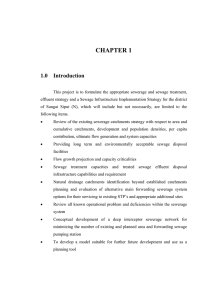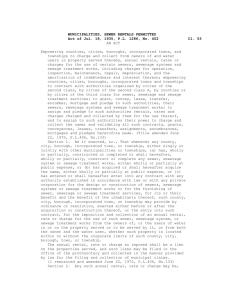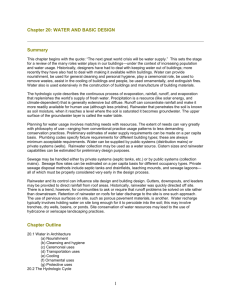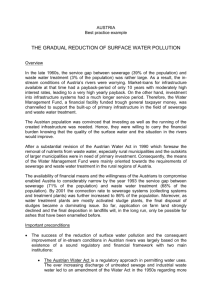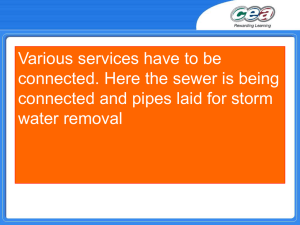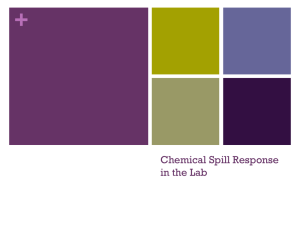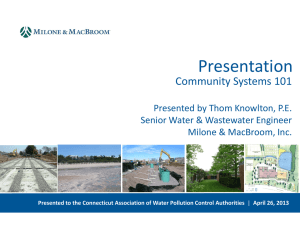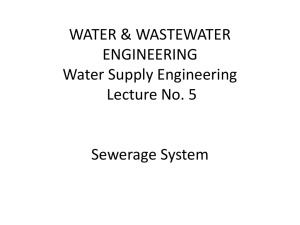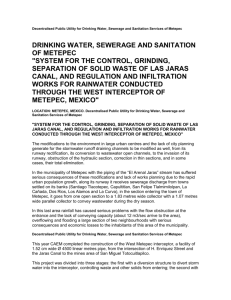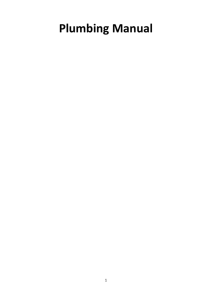Sewer spills
advertisement
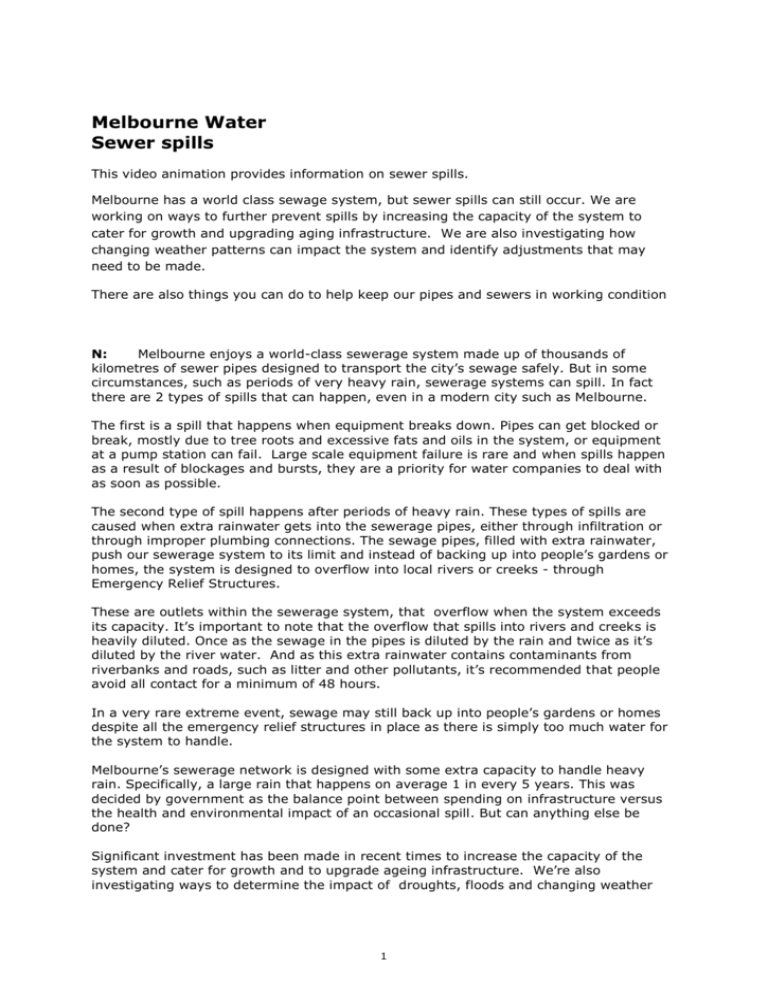
Melbourne Water Sewer spills This video animation provides information on sewer spills. Melbourne has a world class sewage system, but sewer spills can still occur. We are working on ways to further prevent spills by increasing the capacity of the system to cater for growth and upgrading aging infrastructure. We are also investigating how changing weather patterns can impact the system and identify adjustments that may need to be made. There are also things you can do to help keep our pipes and sewers in working condition N: Melbourne enjoys a world-class sewerage system made up of thousands of kilometres of sewer pipes designed to transport the city’s sewage safely. But in some circumstances, such as periods of very heavy rain, sewerage systems can spill. In fact there are 2 types of spills that can happen, even in a modern city such as Melbourne. The first is a spill that happens when equipment breaks down. Pipes can get blocked or break, mostly due to tree roots and excessive fats and oils in the system, or equipment at a pump station can fail. Large scale equipment failure is rare and when spills happen as a result of blockages and bursts, they are a priority for water companies to deal with as soon as possible. The second type of spill happens after periods of heavy rain. These types of spills are caused when extra rainwater gets into the sewerage pipes, either through infiltration or through improper plumbing connections. The sewage pipes, filled with extra rainwater, push our sewerage system to its limit and instead of backing up into people’s gardens or homes, the system is designed to overflow into local rivers or creeks - through Emergency Relief Structures. These are outlets within the sewerage system, that overflow when the system exceeds its capacity. It’s important to note that the overflow that spills into rivers and creeks is heavily diluted. Once as the sewage in the pipes is diluted by the rain and twice as it’s diluted by the river water. And as this extra rainwater contains contaminants from riverbanks and roads, such as litter and other pollutants, it’s recommended that people avoid all contact for a minimum of 48 hours. In a very rare extreme event, sewage may still back up into people’s gardens or homes despite all the emergency relief structures in place as there is simply too much water for the system to handle. Melbourne’s sewerage network is designed with some extra capacity to handle heavy rain. Specifically, a large rain that happens on average 1 in every 5 years. This was decided by government as the balance point between spending on infrastructure versus the health and environmental impact of an occasional spill. But can anything else be done? Significant investment has been made in recent times to increase the capacity of the system and cater for growth and to upgrade ageing infrastructure. We’re also investigating ways to determine the impact of droughts, floods and changing weather 1 patterns on our sewerage and drainage systems and identifying adjustments that may need to be made. What can you do? Throw fats and oils in the rubbish, instead of washing them down the sink, check your stormwater plumbing is not connected to the sewerage system (if you’re unsure, call a plumber and they can check for you), or install a rainwater tank to capture and make good use of extra rainwater. For more information and alerts on sewer spills, check out the Cleaner Yarra and Bay website or contact your local water company. [cleaneryarrabay.vic.gov.au] [Melbourne Water logo] [Yarra Valley Water logo] [South East Water logo] [City West Water logo] 2


